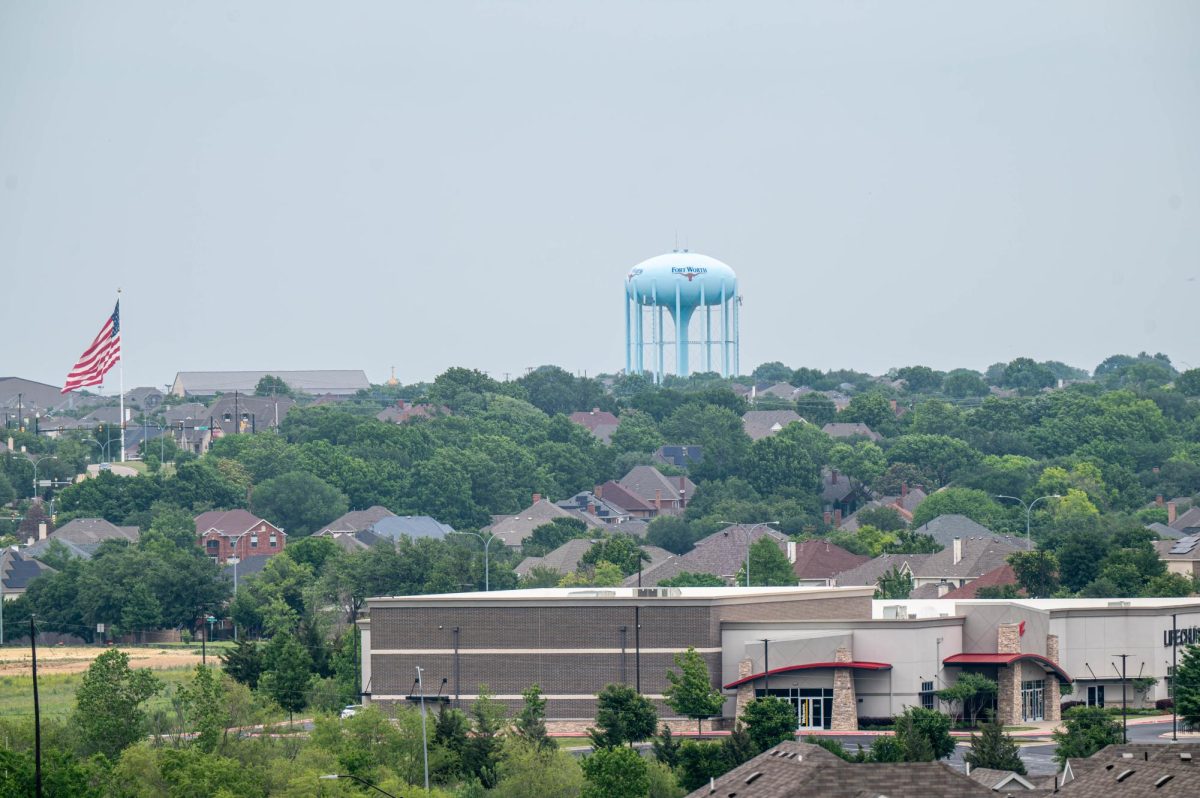Students in Harris College of Nursing have more room to practice their technique thanks to the expansion of simulation labs and additional simulation manikins.
Mary Beth Walker, assistant director of simulation lab, said the Harris College has divided the simulation labs in order for nursing anesthesia students and undergraduate nursing students to have their own practice areas.
“A simulation manikin has working parts that will respond to a student’s response to an underlying problem or a set of vital signs,” Walker said.
Terri Jones, clinical assistant professor of nurse anesthesia, said students in the nurse anesthesia program use simulation labs as well but focus more on training.
The nurse anesthesia program is different from the nursing undergraduate program in that nurse anesthesia students have all had prior experience or training as a nurse, Jones said.
According to the page for the university’s school of nurse anesthesia, the program is an advanced program for professional nurses who are working toward a graduate degree.
“We use similar tools as the undergraduate but it’s a different model of training,” Jones said.
Students in the nurse anesthesia program work on patients through simulation before working in a clinical environment, Jones said. Nurse anesthesia students work on more critical-care scenarios, Jones said.
“Once the students work in a clinical environment they are brought back to the simulation labs to identify areas in which they need extra work,” Jones said.
The nurse anesthesia labs have had upgrades, including the addition of audiovisual equipment and two simulation manikins, Jones said.
Walker said before the expansion, students were not only sharing space but simulation manikins as well. In addition to the expansion of the simulation labs, new simulation manikins have been acquired, Walker said. One simulation manikin in particular emulates the birthing process, Walker said.
According to the Laerdal Web site, a manufacturer of simulation manikins, simulation manikins and babies cost roughly $27,000 each. The nursing and nurse anesthesia labs have simulation manikins from Laerdal and another simulation manikin manufacturer, Meti, Walker said.
The models used by nursing students in Harris College cost more than $27,000 because of the additional accessories needed for training, Jones said. The manikins are funded through nursing student tuition, Jones said.
“The nursing graduate students need to work on the simulation manikins as part of their in-depth training, which is why it’s part of their tuition cost,” Jones said.
According to the Laerdal Web site, simulation manikins by Laerdal can be ordered with attachments for wound training and other trauma related injuries.
The simulation manikins are life-size and have the ability to breathe, blink and speak with the use of a microphone attached inside the simulator, Walker said. The simulators can be programmed to generate the symptoms of an overdose, pneumonia and other medical conditions based on the scenarios, Walker said.
“In the simulation labs the scenarios range from a patient who comes in with a drug overdose, or a victim of a motor vehicle accident,” Walker said. “It helps for students who have never seen a birth before, or have never seen a movie of a birth before.”
Students in Harris College use the simulation labs in conjunction with their classes, Walker said. During the simulation labs students not only practice their technical skills but also work on their communication skills, Walker said.
Ashley Franklin, faculty associate of the simulation labs, said the experience in the practice rooms gives students an opportunity to use what they learn.
“It’s a great chance to offer patient safety and apply principles of didactic courses,” Franklin said.
Junior nursing major Melissa Greany said students appreciate the expansion and improvements.
“It’s better now that we don’t have to share space with everyone,” Greany said. “There’s more room to learn.”



